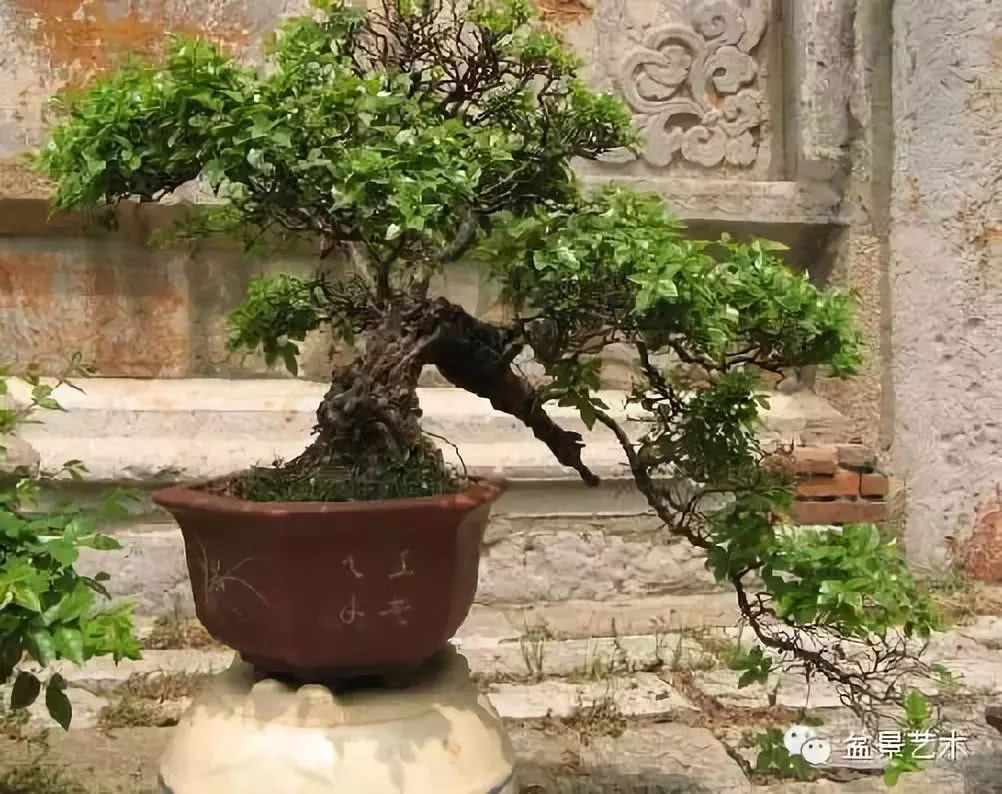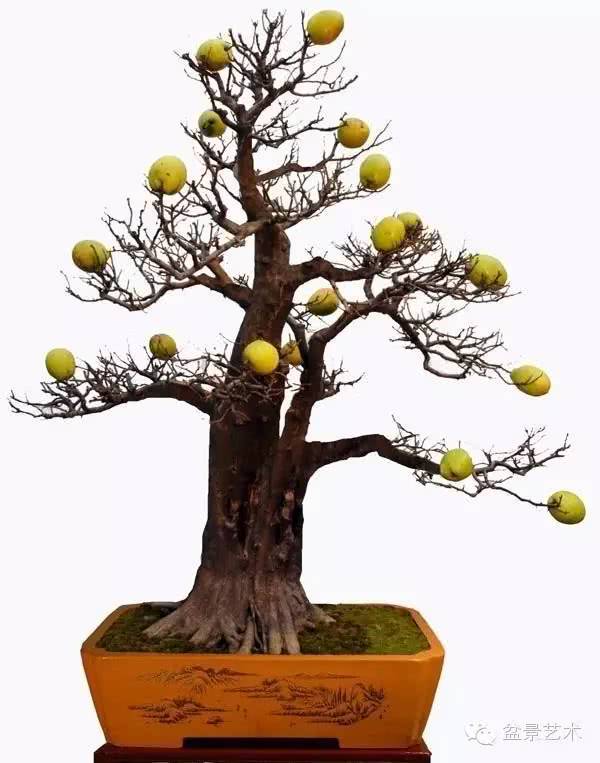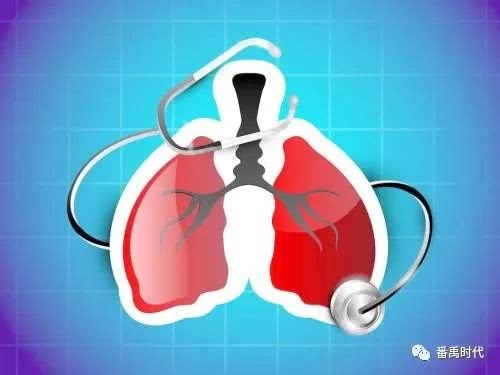Climbing of Suzhou bonsai

Suzhou stump bonsai is mainly cut, supplemented by tie, coarse and fine cut, cut and used. Among them, climbing and pruning are the key to the shape of the stump. This paper focuses on its climbing branches. Suzhou tree stump bonsai traditional brown silk climbing. The brown silk is in harmony with the bark, and the stump can be seen after climbing. The key is to master the focal point of palm climbing and choose the appropriate thickness of brown silk.
1. Full hair tie
All materials are seedlings, from the trunk (trunk) to the branches (branches) should all be clambered, and the branches are divided into "platform, support, top" three kinds. "Taiwan" refers to the branches on both sides of the trunk, "support" is the branch at the back of the trunk, and "top" is the branch at the top of the trunk. Tie the trunk first, and then tie the branches. The trunk is pierced from the bottom to the top, and the viewing surface (front) of the stump is determined before the stab, and then the styling is determined according to the natural posture of the stump. Climbing style has flat dragon type, horizontal dry type or cliff type and so on. Take the Panlong style as an example, it is characterized by the'S 'shape of the trunk, spiraling upward. When climbing, the stump faces forward, select the appropriate brown silk according to the thickness of the trunk, and fix it on the lowest part of the trunk, preferably in the section scar, the brown silk is not easy to slide. Then move the brown silk to the left and right, choose the appropriate part of the upper part of the trunk to tie a knot and fix it, and the first song of the trunk will be completed. The second and third songs are the key to climbing. The lower position of the second song is generally about 1/5 in the middle of the first song. After fixing the brown silk, twist it around and choose the appropriate position in the upper part of the trunk to tie the knot. The third song only needs to climb upward along the "S" shape.
two。 Semi-ligation method
Digging back from the field, the general trunk has been finalized, can not be bent climbing, the stump is important to determine the shape according to the natural shape of the stump, only climbing the main branch.
- Prev

Conservation of papaya bonsai
Papaya, also known as cantaloupe, is a deciduous shrub or small tree of Rosaceae, with yellowish green bark peeling off in flakes. Branchlets unarmed, cylindrical, initially purplish red, then gradually purplish brown or grayish brown; leaf blade oval or oblong.
- Next

Wind-phlegm wheezing syndrome needs to be prevented at all times.
Speaking of asthma, most people will think of young children, teenagers, in fact, it is also because children's resistance is weak, prone to allergic asthma and other diseases. When it comes to youth, with the development of puberty, righteousness is gradually enriched, coupled with asthma.
Related
- Wuhan Hospital Iron Tree Blooming Result Was Instantly Frightened by the Gardener Master
- Which variety of camellia is the most fragrant and best? Which one do you like best?
- What is the small blue coat, the breeding methods and matters needing attention of the succulent plant
- Dormancy time and maintenance management of succulent plants during dormancy
- Minas succulent how to raise, Minas succulent plant pictures
- What are the varieties of winter succulent plants
- How to raise succulent plants in twelve rolls? let's take a look at some experience of breeding twelve rolls.
- Attention should be paid to water control for succulent plants during dormant period (winter and summer)
- Watering experience of twelve rolls of succulent plants
- Techniques for fertilizing succulent plants. An article will let you know how to fertilize succulent plants.

